Frequency of Office Visits
Spine infections in children
- First visit 1 week after discharge: The first postoperative visit should be scheduled within 1 week for surveillance of surgical site and staple removal.
- Subsequent follow-up for 12–18 months: After resolution of symptoms with antibiotic treatment, patients are typically followed for 12–18 months (4). Any recurrence of symptoms after 4–6 weeks should prompt new radiographs, and CBC, ESR, and CRP levels (4).
Spinal epidural, subdural, and intramedullary spinal cord abscesses in children
- First visit 1 week after discharge: The first postoperative visit should be scheduled within 1 week for surveillance of surgical site and suture removal.
- Follow for 2 years: After the completion of antibiotic treatment, patient follow-up is at 3 months, 6 months, and then at 1 and 2 years.
- Consultant follow-up: Patient should have an established follow-up schedule with infectious disease for antibiotics. Physical rehabilitation, urology, and gastroenterology follow-up visits are also done if needed. Routine care by the child’s pediatrician should be reestablished.
Frequency of Imaging
Spine infections in children
- Surgeon preference for immediate scans: Immediate postoperative imaging is surgeon preference depending on procedure performed and instrumentation used. CT scans of the instrumented region are typically performed within 24 hours to determine if revision is needed.
- Frequency of subsequent scans dependent on status of infection: A follow-up MRI at days 21–42 is indicated if the ESR level is >30. After 42 days, if the ESR level is > 30 on monthly surveillance screening, a repeat MRI is indicated.
Spinal epidural, subdural and intramedullary spinal cord abscesses in children
- Within 48 hours and 3 months after surgery: MRI of the spine is performed 1 month and 3 months after surgery to assess recovery. Although the MRI findings are not acutely affected by antibiotic therapy, after complete resolution of the infection there will be a return to normal signal but with a decreased disk height on T1 -weighted MRI scans (23, 24). A postoperative MRI should be done within 48 hours and repeated at 3 months. Only when clinically indicated is the MRI (or CT scan of the spine in the case of bone involvement) repeated after this time point. It has been reported, however, that MRI can show the continuation and progression of bone and/or disk abnormalities in some cases despite clinical improvement (23, 24). Long-term follow-up scans showed bone, disk, and soft-tissue changes 1–3 years after baseline, despite children being symptom free. Extension of antibiotics occurred in 47% of children, partly based on follow-up MRI (24).
Other Investigations Required
Spine infections in children
- None indicated
Spinal epidural, subdural, and intramedullary spinal cord abscesses in children
- CRP and ESR: CRP and ESR levels can be used to follow the effects of treatment. In general the levels should gradually return to normal; a sudden rise may indicate recurrent infection (40).
Please create a free account or log in to read 'Follow-Up for Spine Infections in Children'
Registration is free, quick and easy. Register and complete your profile and get access to the following:
- Full unrestricted access to The ISPN Guide
- Download pages as PDFs for offline viewing
- Create and manage page bookmarks
- Access to new and improved on-page references

